Vegetable oils and animal fats are 10 to 15 less dense than water and are insoluble in water. A grease trap works by cooling warm or hot greasy water.
Incorporated into grease trap design.
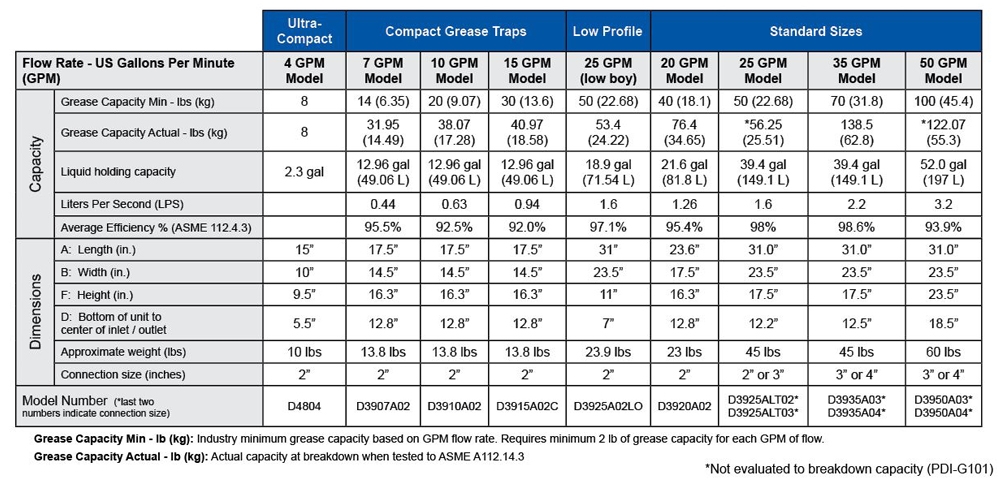
Grease trap distance from building. The size of a grease trap or grease interceptor shall be as determined by the MRWPCA. The baffle all extend from two inches b elow the static water lev l to the bottom of the grease trap such that incoming water will. By allowing the fats oils and grease to cool the different layers of the mixture are able to separate into individual layers for easy separation.
Grease Traps are considerably larger and are located outsidetypically a short distance from the building and underground. The standard grease interceptor shall be constructed with a minimum of two baffles. D Existing grease traps grease interceptors or similar devices.
If the establishment or company is large then the grease trap should be built outdoors underneath the ground. Basically a grease trap is a plumbing device that separates the grease oil and excess food stuffs from the water that can safely enter the sewer system. The type of acceptable grease interceptor will limit the location of the unit.
Specify a grease interceptor grease recovery device or grease remediation device that is acceptable by the plumbing code andor the local utility purveyor. These units range in size from 4 gpm to 100 gpm or in other words between 8 pounds and 100 pounds of grease waste capacity. The International Plumbing Code IPC 10021 exception 3 allows a grease interceptor to serve as a fixture trap - where it is intended by the manufacturer to serve as a trap - for a single fixture or a combination sink of not more than three compartments so long as the vertical distance from the outlet of the fixture to the inlet of the interceptor is not more than 30 inches and the.
Some experts say that high temperatures may cause FOG to dissolve and exit the trap only to re-congeal once it cools in the sewer system so traps should be installed some distance from dishwashers and other hot-water fixtures to allow time for the water to cool. Traps shall be constructed so that they will not collapse or rupture when subjected to the anticipated loads when the traps are either full or empty. The vertical distance from the fixture outlet to the trap weir shall not exceed 24 inches 610 mm and the horizontal distance shall not exceed 30 inches 610 mm measured from the centerline of the fixture outlet to the centerline of the inlet of the trap.
The distance of a clothes washer standpipe above a trap shall conform to Section 8024. Sources disagree over the proper distance that a grease trap should be installed from the fixtures being served. A fixture shall not be double trapped.
The inlet shall discharge into the grease trap at a level at least six inches below the top of the baffle wall. When facilities are supposed to serve or produce food a larger sized grease trap should be installed either indoors or outdoors. There are many different types of grease traps and interceptors and may work in slightly different ways but the end result is always the same.
A grease interceptor intended to serve as a fixture trap in accordance with the manufacturers installation instructions shall be permitted to serve as the trap for a single fixture or a combination sink of not more than three compartments where the vertical distance from the fixture outlet to the inlet of the interceptor does not exceed 30 inches 762 mm and the developed length of the waste pipe from the most upstream fixture. An Automatic Grease Removal Device AGRD is similar to a passive grease interceptor in location and size. Notwithstanding the foregoing grease traps required by this chapter shall be no smaller than an 80-gallon capacity trap with a 75-gallon per minute flow rate.
The kitchen is an area where majority of the FOG fats oils grease. The vertical distance between a fixture outlet and the trap weir shall be as short as practicable but in no case shall the tailpiece from a fixture exceed 24 inches 610 mm in length. An automatic clothes washer or laundry tub shall not discharge to a.
From sinks and dishwashers to allow for adequate cooling of the wastewater. Grease trapsgrease interceptors are to be installed at a minimum distance of 10 ft. Well specify how often your grease trap needs to be pumped out.
The grease trapgrease interceptor shall be constructed with a minimum of two baffles. Water temperatures must be less than 120 degrees prior to entering grease trap. With the addition of the sink comes a grease trap requirement.
This allows enough space to open the grease trap lid maintain it and get it pumped out. Grease traps a baffle wall shall be placed between the inlet and utlet. The height of a clothes washer standpipe above a trap shall conform to Section 80233.
Point-of-generation type grease interceptors should be located as near to the fixture they serve as is practical. The smaller units come in a variety of designs which range from a standard flow through passive unit HGI to a semi-automatic draw-off of grease to a small grease recovery device GRD. The vertical distance from the fix- ture outlet to the trap weir shall not exceed 24 inches 610 mm.
Will I have a problem with grease building up in the sewer line since this is quite a long distance. 1 A pre-cast concrete exterior kitchen grease trap is required at a minimum distance of 20 feet from the building. Ensure adequate space above the grease trap at least equal to the depth of the grease trap.
Allow for safe and unrestricted access to inspect and service pump-out the grease trap. They can be identified by manhole covers which provide access for regular pumping and cleaning. The distance of the sewer line to the grease trap is about 100 feet.
Grease interceptors are to be installed at a distance of 8-10 meters from the last contributing fixture to allow for adequate cooling of the wastewater while preventing grease solidification in the lines. Sizing per attached 2 Traps shall be designed to withstand all structural hydraulic hydrostatic earth loads and any anticipated traffic loads.

Grease Trap Grey Water Google Search Grey Water System Diy Grey Water System Septic Tank Design
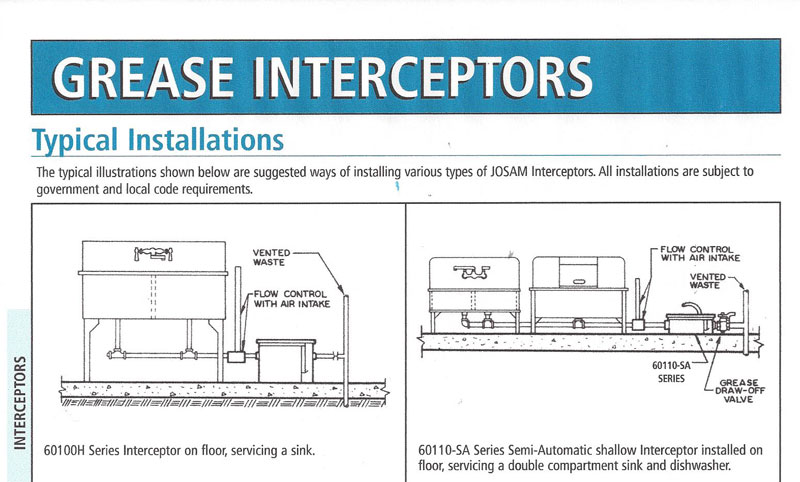
Grease Interceptor And Commercial Sink Oops Terry Love Plumbing Advice Remodel Diy Professional Forum
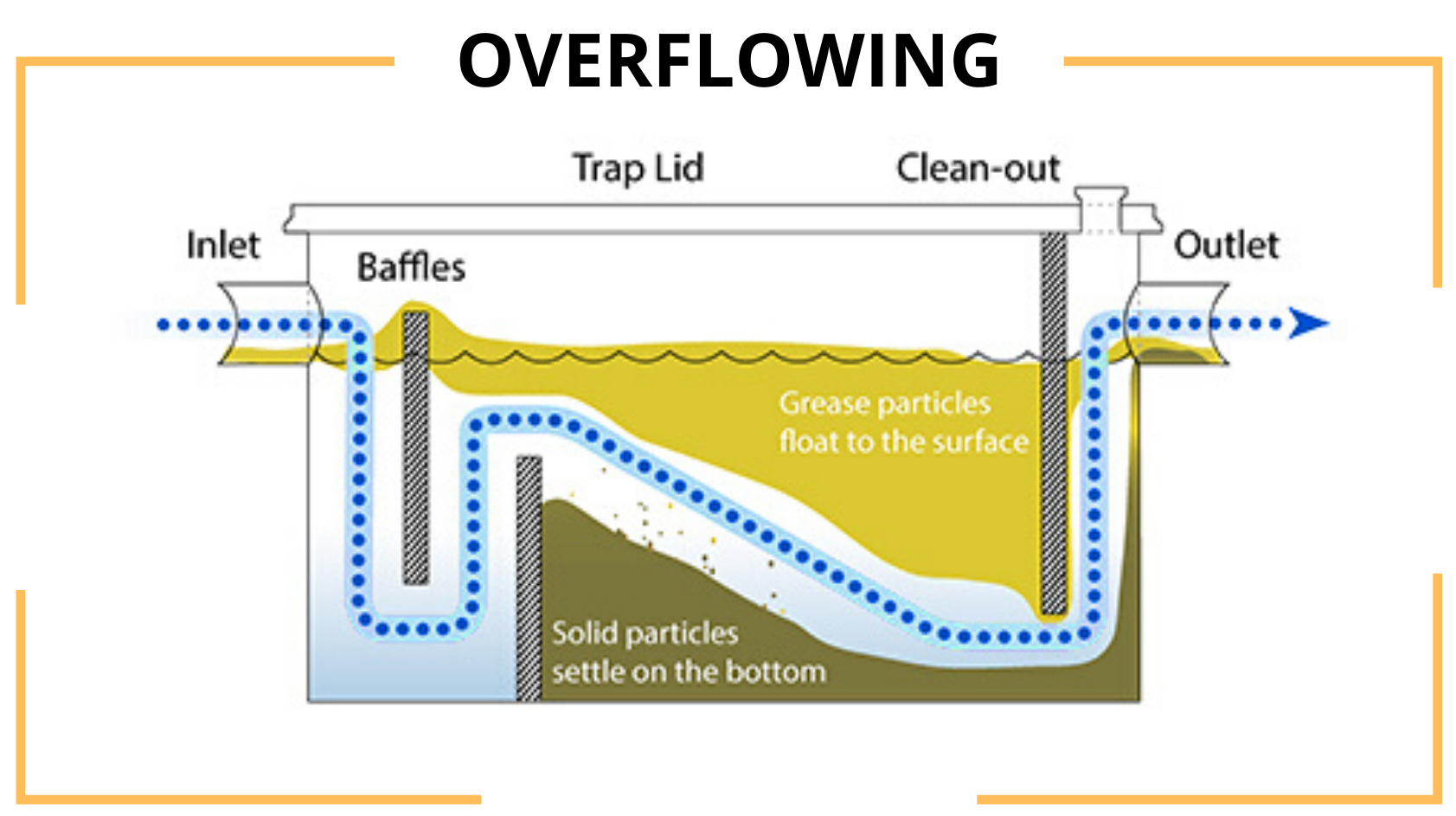
Grease Interceptor Selection Services Grease Trap Sizing Ny Engineers
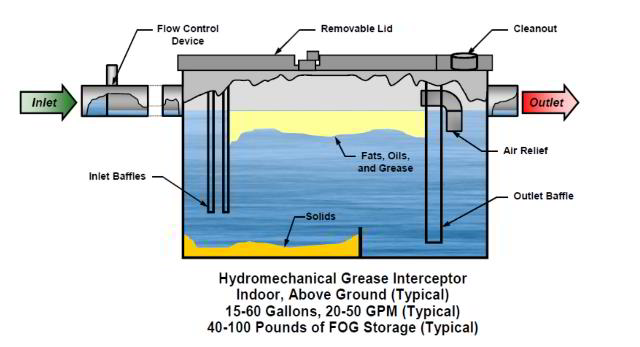
Grease Interceptors Grease Traps Grease Trap Types Specifications Sources Installation

Kitchen Grease Waste Location Location Location 2018 02 21 Phcppros

A Grease Trap Also Known As Grease Interceptor Grease Recovery Device And Grease Converter Is A Plumbing Device Designed To Intercept Most Greases And Solids

Baker Plumbing Heating And Gas Fitting Grease Traps The Nastiest Of All Plumbing Jobs

Trapping And Venting For Grease Interceptors

Here Is A Perfect Example Of A Traditional Grease Trap Waste Water With Fats Oils And Grease Fog Enters On Right Sin Commercial Kitchen Grease Under Sink

Image Result For Grease Trap Installation Industrial Office Design Floor Installation Office Design

How A Septic System Works Lovely Grease Trap Pumping Septic System Septic Tank Systems Septic Tank Repair

Grease Trap Nsg04 2000l 11000l

Grease Trap Inspection Certified Commercial Property Inspectors Association

Frequently Asked Questions About Grease Traps Sewage Water And Waste Instalacion De Agua Planos De Casas Instalacion

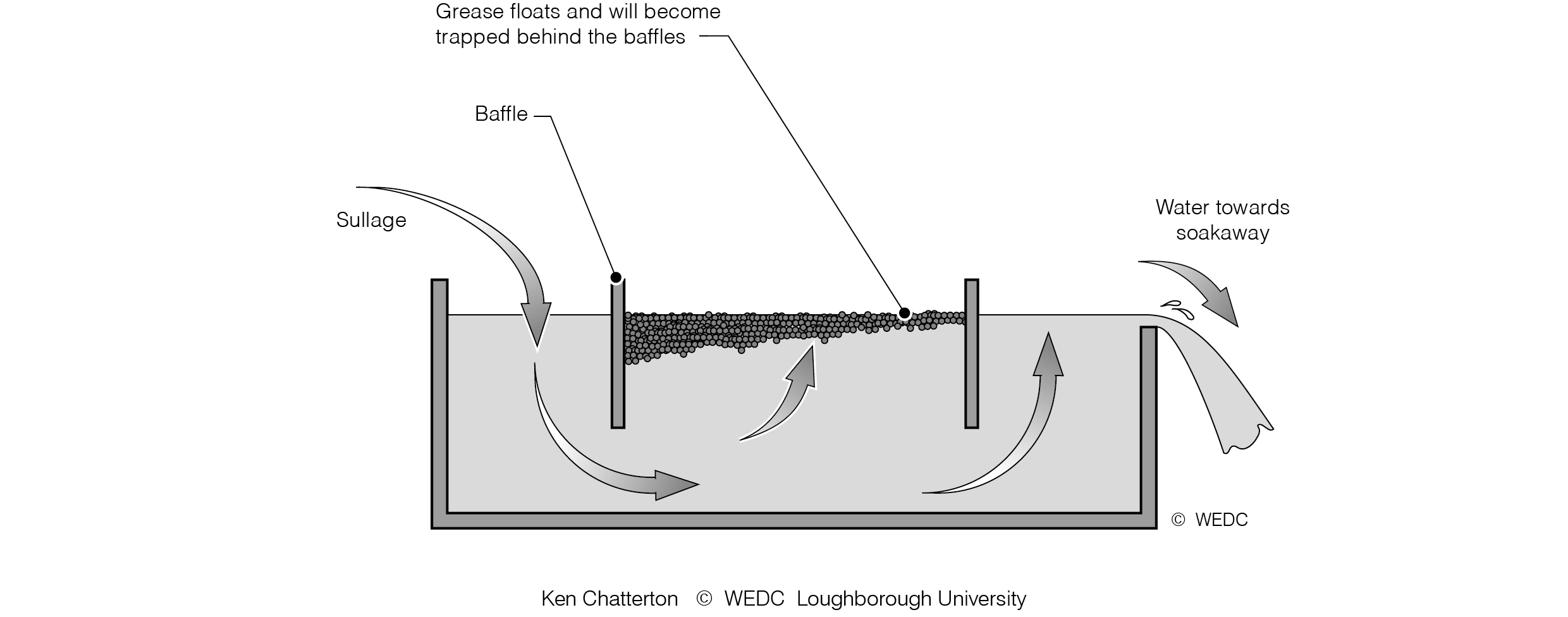

Komentar
Posting Komentar